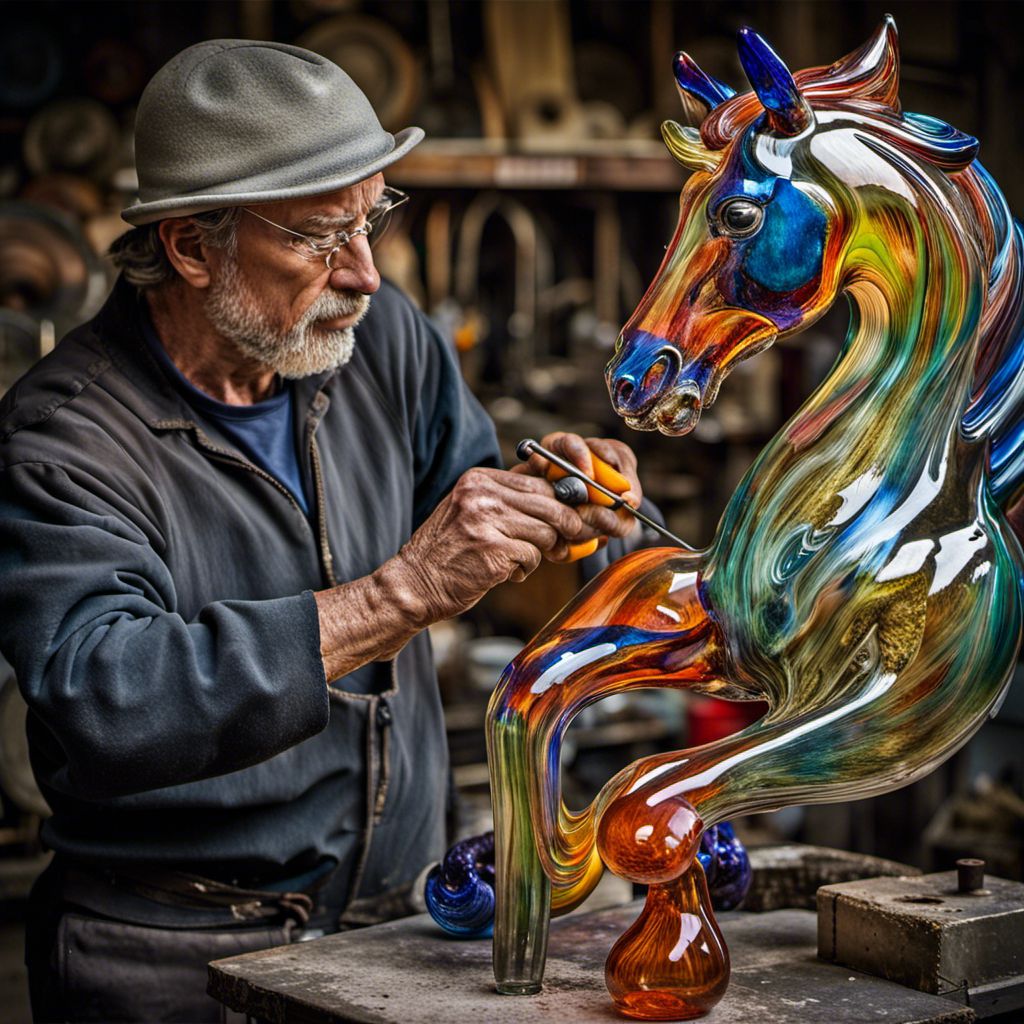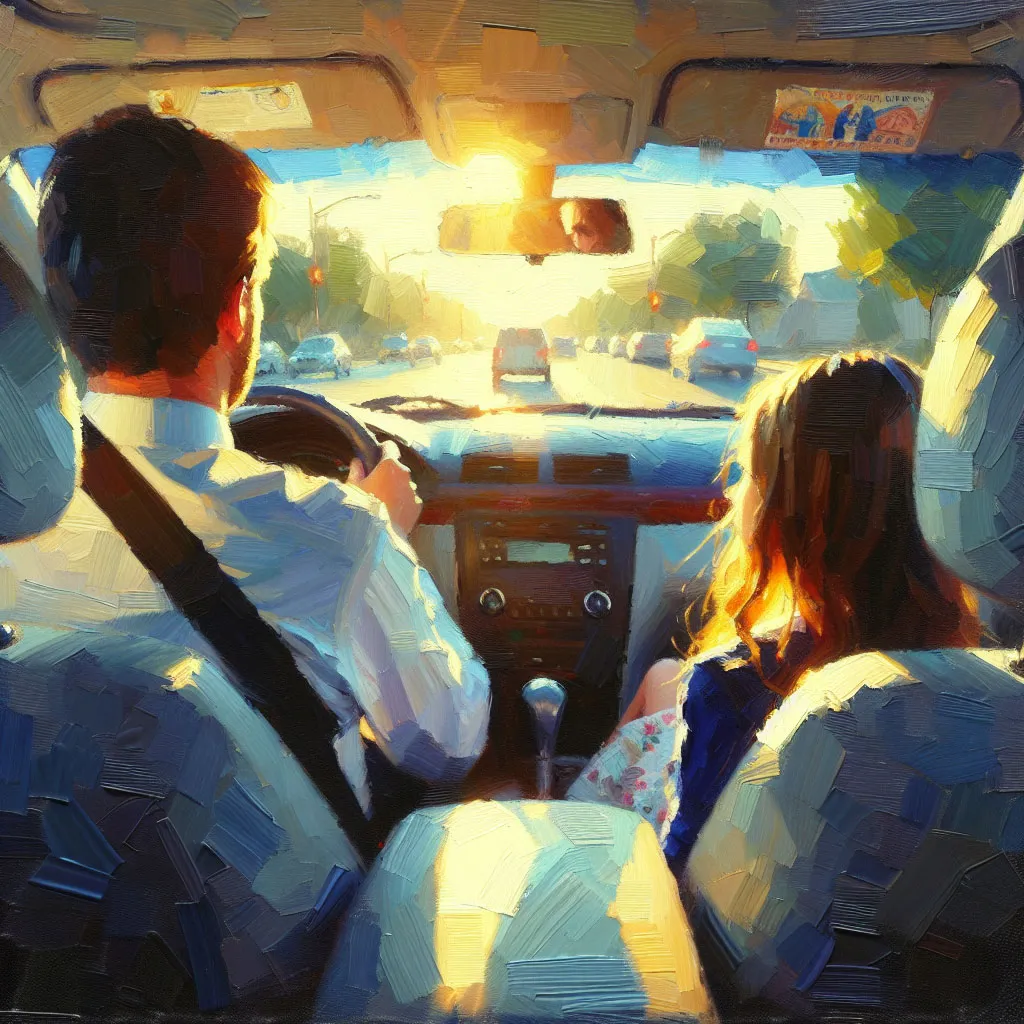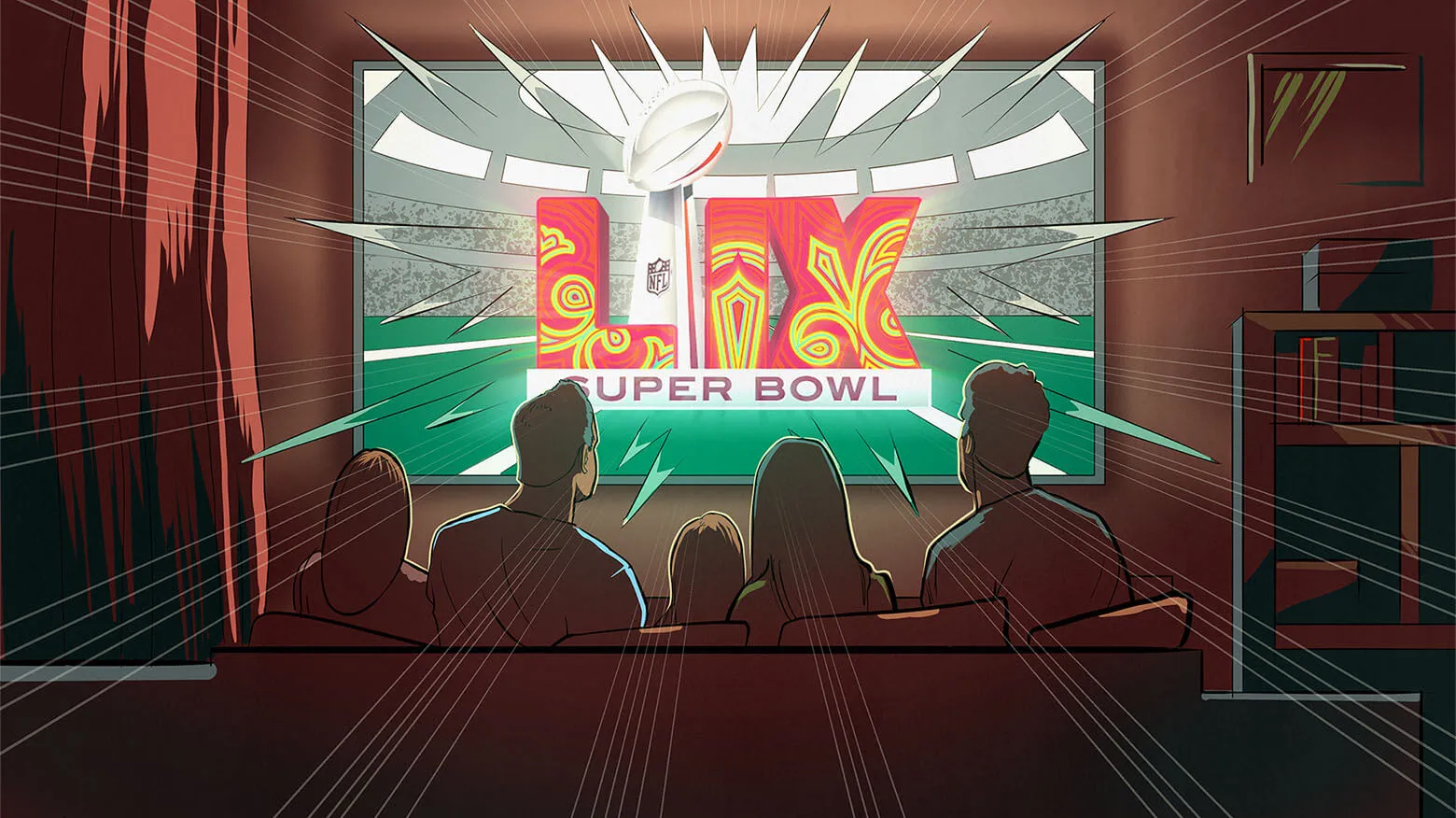I wrote the following in early February after my trip to Europe (as part of my Jet Lag Series), which started in Switzerland and concluded in Northern Italy (Venice to be exact). You can read Part 1 here & Part 2 here.
While in Venice we took a water taxi to Murano, an island 20 minutes away, where we visited a glass factory and watched a glassblowing demonstration. The glass artist took a ball of molten glass, stuck large forceps into it, and magic happened – he pulled a horse’s head, body, legs and tail out of it. A few strokes with a metal blade and we had seen the birth of a horse. This whole thing took less than 3 minutes. (I did not record it, but found a video on YouTube from the same factory). I felt that I was not at a glass factory but watching a magic act.
After we left the factory, Alex, Jonah, and I walked the streets of Murano, bathed by gentle Italian sunlight, discussing whether this fellow was practicing an art or a craft. Our instinct was to call it a craft, because we kept seeing hundreds of horses, identical to the one we saw born in front of our eyes, in the windows of Murano glass stores.
We agreed that craft is definitely a component of art, but it is emotions or some kind of X factor, an openendness, that separates art from craft. That X factor comes into play when the artist brings a little bit of himself, part of his soul, into the creation process.
I kept thinking about that throughout our time in Venice.
My father was never a big fan of Bob Ross (for the younger generation, Bob taught painting classes on PBS). He looked at him as a craftsman. Bob brought painting to the masses. He drew beautiful, eye-pleasing pictures. But my father always thought that while Bob’s paintings were full of craft, they lacked art – emotion and soul. I don’t want to take anything away from Bob; he brought joy to a lot of people. But my father didn’t look at him as an artist.
Let’s explore this further.
Severe repetition could turn an art into a craft – as our skill improves creative tension is reduced. Repetition may slowly drain the emotion out of each iteration. Here is how that happens: When we do something for the first time, most of the activity is processed by our conscious mind. However, after we have repeated that exact task a few dozen of times, it goes into our subconscious and the process becomes a bit more mechanical, a routine (i.e. craft).
However, just because we paint the same subject many times doesn’t mean that the final product automatically turns into a craft product. Claude Monet rented an apartment by Rouen Cathedral in Normandy, and over several months he completed over 30 paintings of the cathedral at different times of day and in different seasons.

Monet studied light. He had mastered the craft involved in these paintings – the permanence of the cathedral’s façade – after a few repetitions. But the light was fleeting and ever-changing and caused Monet a tremendous amount of frustration (this is a very good thing in the creative process). He wrote “Things don’t advance very steadily, primarily because each day I discover something I hadn’t seen the day before… In the end, I am trying to do the impossible.”
There is a constant battle in turning what we do from art into craft – this is an inevitable process of improvement. The art is just like that constantly fleeting light on Rouen Cathedral, it’s what motivates us to keep going forward, to learn, to get better. Craft and art are both components of creative activity, but art is the component that keeps us improving. It sharpens our craft; it creates an insatiable need to add our soul to what we do.
Now, think about it. As great as the process of birth of that Murano horse looked, if you decided to change your occupation from part-time reader of my articles to fulltime Murano glassblower of only that horse, after a few months ’you would have learned the craft of making it, yet you would have to go on making the same horse day in and day out. You might as well join the assembly factory at Fiat.
As Mark Manson says in The Subtle Art of Not Giving a F*ck (click here to receive my review of the book), happiness in life comes from having good problems. Monet’s good problem was that fleeting light (and his need to create art) kept him coming back and painting that cathedral for months. However, once our art turns into a craft we need to move on – so did Monet; he still had thirty haystacks to paint.
This of course applies to investing as well. Part of what we do is a craft: our basic foundation of knowledge and the experience that we strive to constantly improve upon and expand – the cathedral. But then the environment always changes on us – the fleeting light keeps us coming back to our art.
No Bad Weather
My father always told me that there is no such thing as bad weather. You can always find beauty in fog, rain, or snow – even cold. I grew up in Murmansk, above the Arctic Circle. Murmansk is 100 miles from the part of Norway where (sane) Norwegians don’t want to live – too cold, too much snow, too little sunshine (actually no sunshine in the winter). So I guess my father had to tell me this. But I still try to find the beauty in any weather.
There was plenty of variety in the weather during our trip. Alex and I arrived early in the morning to Zurich – it was cold and raining. I tried to look for the beauty in these circumstances and found it – Americano tastes so much better when you walk in cold weather and drink it than when the weather’s hot. And later in the day there was a really beautiful blue in the sky – take a look at the pictures I took (my friends on Facebook told me that these photos look like Alex’s paintings).
This rainy Zurich made us appreciate so much more the sunny one we found a few days later when we came back from the conference. (Here are more pictures).
Switzerland is one of my favorite countries in Europe. Alex and I took a train from Klosters to Zurich, a two-hour ride. I was amazed how in the space of less of an hour we passed through snowed-in winter mountains that looked like my birthplace in Russia (look at the video) to green pastures. I felt like we had been transported from winter to summer, skipping spring in less than 20 minutes (more video). And then in another 20 minutes we were passing by a gorgeous blue lake (more video).









0 comments